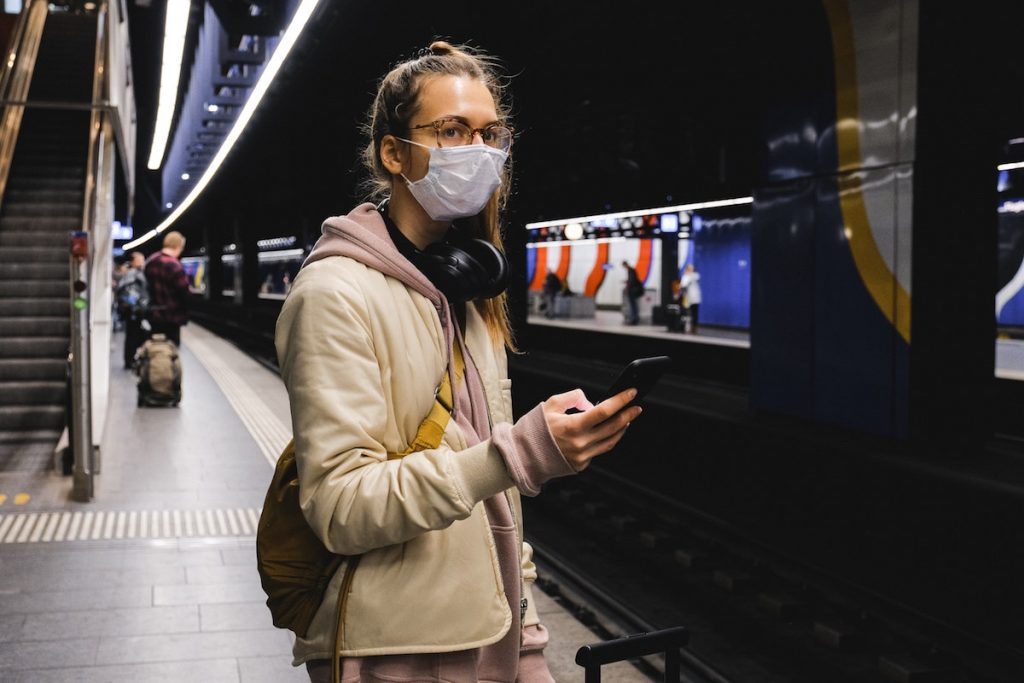Building a better stimulus package: here’s how
With the $2 trillion rescue plan approved, Congress is already eyeing another COVID-19 relief and recovery package later this month. Based in part on what we learned from the 2009 stimulus, Transportation for America contributed infrastructure proposals to Smart Growth America’s detailed recommendations for economic stabilization and recovery. We must ensure that any further stimulus empowers communities to be economically prosperous, socially equitable, and environmentally sustainable.
After passing the largest stimulus in United States history last week—$2 trillion, with $25 billion in aid for transit agencies and $1 billion for passenger rail—members of Congress know that more is needed to protect the country from the immediate and long-term impacts of COVID-19, and plan to work on another stimulus later this month.
With the economy crumbling and millions of Americans’ lives at risk, the U.S. can’t afford to waste this opportunity for relief. We can’t squander our money on programs that fail to create the most new jobs or build lasting economic prosperity. It’s critical that this funding go to investments that give all Americans the opportunity to live in places that are healthy, prosperous, and resilient.
As part of Smart Growth America, we contributed to a new short SGA report outlining 20 recommendations for any economic recovery package that will boost our economy and give Americans equitable, accessible, safe and low carbon transportation options into the future. Here’s a summary of the transportation-related recommendations —read the full list here.
Invest in projects that create the most jobs: that means maintenance, not expansion
Road or bridge repair and maintenance projects actually create more jobs than building new capacity. One reason is that with a new roadway project, a huge share of the cost goes toward buying property—an activity that has little to no stimulative or reinvestment value while also creating future liabilities (new roads) in the process. Meanwhile, maintenance projects spend money faster, are open to more kinds of workers, spend less money on equipment and more on wages, and spend less time on plans and permits. In fact, roadway maintenance creates 16 percent more jobs per dollar compared to roadway expansion.
And luckily, the U.S. is swimming with potential roadway maintenance projects, as found in our report Repair Priorities. It would be a win-win to require states to actually make progress on our repair backlog—something too few states did with 2009’s stimulus. Doing so would create the most jobs while finally addressing our “crumbling” infrastructure—instead of just using that rhetoric to approve new money that then gets spent on new roads.
Give transit and passenger rail operating support, not just capital funds
The limited federal funds that public transportation receives are only for maintenance and construction. With ridership plummeting and costs for cleaning vehicles and protecting personnel skyrocketing—as well as the fallout from a rapidly contracting economy—transit and passenger rail need operating support now more than ever.
The $25 billion for transit and $1 billion for passenger rail Congress provided in last week’s stimulus is a great start. But with TransitCenter estimating COVID-19-related losses to transit agencies between $26 and $38 billion, and Amtrak experiencing unprecedented drops in ridership, both public transportation and passenger rail will still need more. Congress should increase the amount of emergency operating funding in the next stimulus, and target transit agencies that need it the most.
Expand transit and passenger rail
An economic stimulus is a rare and powerful opportunity to invest in the infrastructure that has the most potential to reduce our carbon emissions, increase access to opportunities, and make our country more equitable. But the focus of any stimulus package should be creating the most jobs per dollar, and capital funding for transit and rail creates far more jobs than road projects, according to research on the 2009 stimulus.
Public dollars devoted to making capital improvements to public transportation systems also support thousands of manufacturing jobs, in communities small and large, in nearly every state across the country. Every $1 billion invested in public transit creates more than 50,000 jobs and economic returns of $3.7 billion over 20 years. The supply chain for public transportation touches every corner of the country and employs thousands of Americans who produce tracks, seats, windows, communications equipment, wheels, and everything else in between.
T4America has other specific recommendations for how to increase funding for expanding transit and passenger rail—including increasing the federal share of projects to 80 percent (the same as roadways). You can check those out here.
Final thoughts
Infrastructure will be an obvious topic for any stimulus, but we need a more comprehensive solution. Smart Growth America’s proposals for housing and community development are focused on the highest-returning investments that can also give more Americans a shot at opportunity. Check out the full list here, and stay tuned for ways that you can help us get these recommendations to Capitol Hill. To get updates, subscribe to T4America’s email list and follow us on Twitter.





















1 Comment